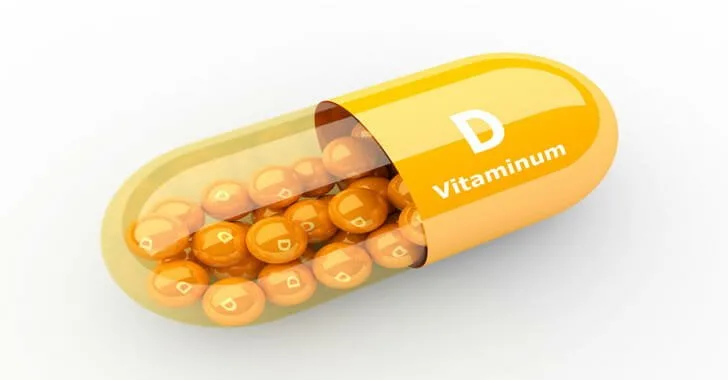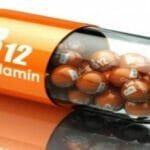Vitamin D Deficiency
 Vitamin D is a fat-soluble vitamin, well more of a secosteroid than a vitamin, that occurs in 2 forms in humans: vitamin D3 and vitamin D2. Vitamin D3, the more common form, is made in the skin after exposure to sunlight. Vitamin D2, on the other hand, comes mostly from food and over-the-counter supplements. It may also be used in the pharmacological treatment of vitamin D deficiency. Only a few foods contain vitamin D.
Vitamin D is a fat-soluble vitamin, well more of a secosteroid than a vitamin, that occurs in 2 forms in humans: vitamin D3 and vitamin D2. Vitamin D3, the more common form, is made in the skin after exposure to sunlight. Vitamin D2, on the other hand, comes mostly from food and over-the-counter supplements. It may also be used in the pharmacological treatment of vitamin D deficiency. Only a few foods contain vitamin D.
Food like some fish (Cod liver oil, Swordfish, Salmon, tuna, Sardines), beef liver, Egg yolk, swiss cheese, and food fortified with Vitamin D.
Vitamin D is produced when your skin is exposed to sunshine. The amount of vitamin D that your skin makes depends on such factors as the season (i.e., there’s usually less sunshine in winter months), the time of day (the sun’s rays are most powerful between 10 am and 3 pm), the amount of cloud cover and air pollution, and where you live (cities near the equator have higher UV levels). It’s the UV (ultraviolet) light in sunlight that causes your skin to make vitamin D.
Vitamin D helps maintain healthy levels of calcium, magnesium, and phosphate by aiding in their absorption from the gut. This helps the body form and maintain strong bones. Vitamin D also modulates neuromuscular, immune, and other cellular functions. Vitamin D deficiency has been associated with a wide range of medical conditions including heart disease, hypertension, diabetes, and cancer.
Unfortunately, there’s a good chance you have low vitamin D. If you have any of the following you likely have low vitamin D levels.
- Work indoors
- Don’t regularly get full body sunlight
- Avoid getting sun
- Aren’t eating a nutritious diet rich in fat-soluble vitamins – A, D, K2
- Eat a vegan diet
There are several factors that put people at a higher risk of vitamin D deficiency, including:
- Being older
- Having darker skin
- Being overweight
- You have high muscle mass and low fat
- Not eating dairy or being vegetarian
- Living further from the equator
- Living in a polluted city
- Overly protecting yourself from the sun
- Not going outside often
- Having impaired kidneys
- Having digestive issues
My neurologist had my levels checked in July 2018 and my Vitamin D was at 23ng/mL which is below the normal range of about 30-100 ng/mL. To help bring my levels up, he prescribed 50,000UI of Vitamin D a week. In January 2019, I had my levels checked again and it was now 47mL which is good.
The 10 most common symptoms of low vitamin D are:
- Getting sick easily or often
- Fatigue
- Chronic pain (often in your bones)
- Depression
- Gut issues
- Wounds that don’t heal
- Head sweating
- Bones that break easily
- Hair loss
- Weakness
- nausea
- vomiting
- itching
- increased thirst and urination
- poor appetite
- constipation
- weakness
- weight loss
- confusion
- heart rhythm problems
- kidney damage
- pancreatic cancer (possibly)
Welcome to the Average Joe Weekly blog. This is basically my place on the web where I can help spread some of the knowledge that I have accumulated over the years. I served 10+ years in the Marine Corps on Active Duty, but that was some 25 years ago.




Spot on with this write-up, I truly think this website needs much more consideration. Ill probably be again to read much more, thanks for that info.